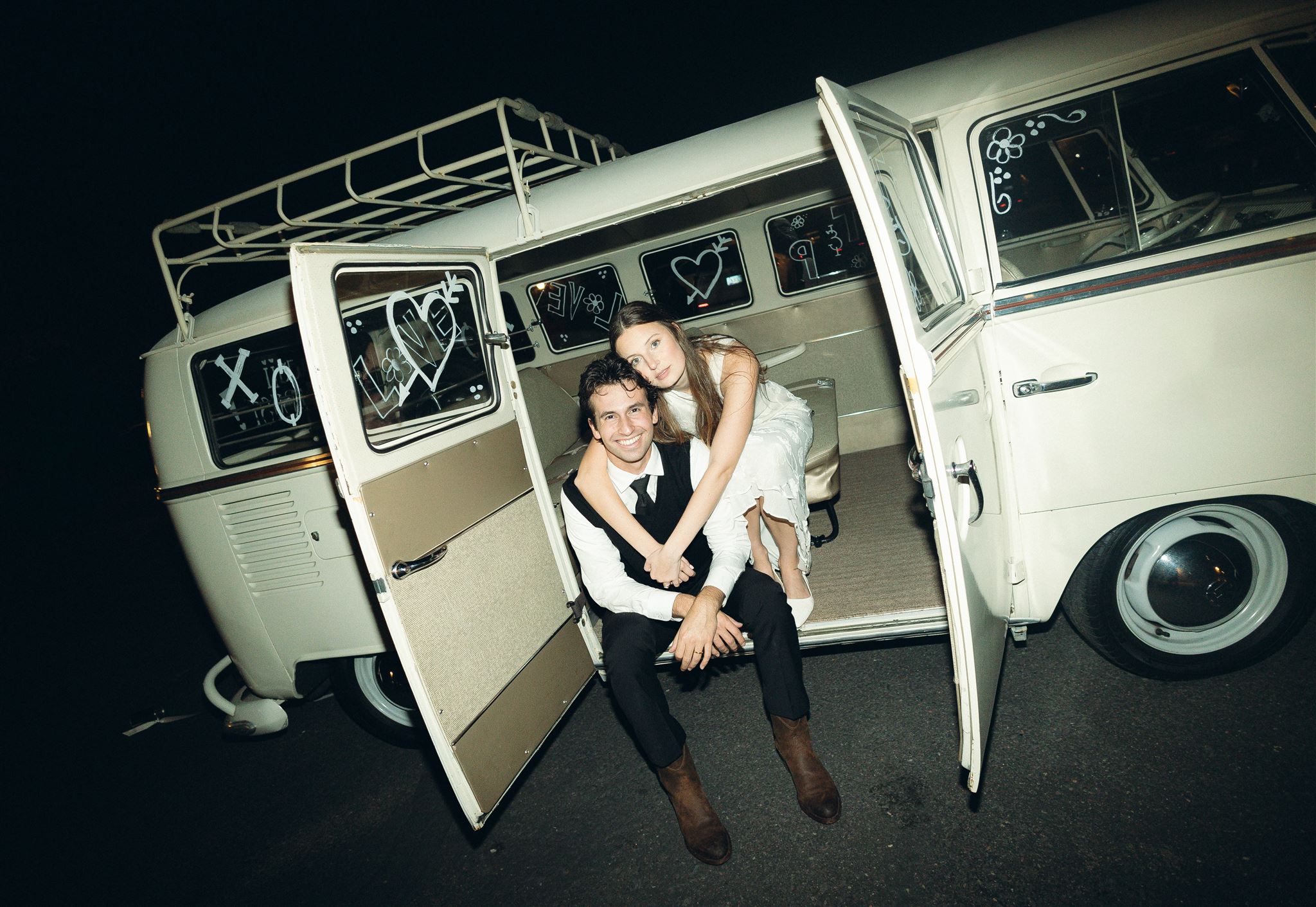Wedding photography plays a pivotal role when capturing the magic and memories of one of the most memorable days in a couple’s life. From candid shots of genuine emotions to meticulously posed portraits, wedding photographers are tasked with preserving every precious moment of this joyous occasion. But have you ever wondered how wedding photography works? What planning and preparation goes into wedding photography? Better yet, what does it take to become a wedding photographer, and how should you get started?
These are the questions I asked when I started, and I want to help you. To truly understand the essence of wedding photography and its role in capturing unforgettable moments, let’s take a journey through the experiences you will have as a wedding photographer and some of the most critical questions to ask.
So, without further ado, how does wedding photography work?
I want to break this article down into two sections. In the first section, I want to focus on wedding photography. Here, I want to explore the basics of wedding photography, the differences between posed and candid photography, and how the photography planning process works.
In the second section of this article, I want to dive more into how to start a photography business and the small steps you should take to get going.
What are the Basics of Wedding Photography?
When you first start researching wedding photography, especially if you are looking to get started in your own wedding photography business, it can seem like there is a lot to consider.
From understanding your camera, editing, software, and marketing your wedding photography business, there’s much to consider (and I know it can feel overwhelming).
However, while it may seem that wedding photography has so many intricate moving parts, it doesn’t. It’s essential to remember that your job and your role as a wedding photographer is to capture beautiful moments as they happen.
That’s it.
There are numerous tactics, strategies, and best practices to capture those beautiful moments, but at the end of the day, what matters is the end result. As long as you focus on staying true to capturing the passions of each passing moment, you will always be on the right track.
What are the Different Kinds of Wedding Photography?
Suppose you’ve done any research on wedding photography. In that case, you may have encountered different photography styles, whether you want to capture your wedding or start a photography business. Most wedding photographers will split photography into two different styles:
Posed Photography: Posed photography, also known as traditional photography, has been used for generations as the go-to style of wedding photography. In this style of photography, the photographer works with the couple and, in other cases, their family members to pose them in specific ways to capture moments. These moments can be as simple as the bride and groom standing at the altar looking into the camera or as complex as posing the entire bridal party for a specific shot. In most cases, photographers will utilize close to a 60/40 split between posed and candid photography.
Candid Photography: Candid photography is different from posed photography. Instead of capturing a moment with the end goal in mind, candid photography captures moments as they happen. These are the photographs of the bride cutting a rug on the dance floor or the groom shedding a tear at the altar. This style of photography aims to capture the emotion of a moment.
While these are two of the most common styles of photography, there is a growing trend for a third style of photography:
Documentary Style Photography: While similar to candid-style photography, documentary-style photography aims to tell the complete story of the wedding day as it unfolds. Photographers in this genre focus on documenting the entire event chronologically and in storytelling. They often capture the main events, like the ceremony, reception, and smaller, intimate moments. The photographer’s role is to be an unobtrusive observer, letting the events naturally occur without much interference. The result is a comprehensive narrative of the day.


How Does Wedding Photography Planning Work?
As anyone who has planned a wedding knows, a lot goes into planning the special day. And when I say a lot, I mean A LOT.
As a wedding photographer, planning a photoshoot is no different. The last thing a wedding photographer wants is to have too many variables that cause disruption to the entire photography process.
To create a smooth and consistent photo shoot, wedding photographers should focus on three main things:
- Wedding Photography Pre-Planning: As I mentioned, a lot goes into shooting a wedding; however, the more pre-planning you can do as a photographer, the better. Beyond the obvious of meeting the happy couple-to-be, I love to send out a Day of Wedding Photography Questionnaire. This questionnaire documents the couple’s hopes and desires for their special day, like what type of photography they are most interested in? Are there specific individuals they do or don’t want to be captured? What are the logistics of the wedding? Are there any special considerations to the photography they are interested in? These questions help provide a roadmap for further planning the photoshoot. If you’re interested in how I utilize a wedding questionnaire for photographers, check out this article. [LINK]
- Day of Wedding Photography Logistics: I always like to ask for the day of logistics. This includes the timeline of the overall wedding, the location specifics, and the style of photography. The answers to these questions allow me to better understand the equipment I need for the wedding and how to plan the shot list. Trust me, you don’t want to be the photographer who got the date wrong or drove to the other side of town because of miscommunication. When considering the day of logistics, it should involve both the equipment needs and a wedding timeline. If you can master both, you will have a smooth and easy photoshoot day.
- Post-Wedding Deliverables and Communication: You’ve done everything right at this stage. You met with the couple, understood their expectations, and enjoyed capturing the special moments at the wedding. The last, and in some cases, most important stage of the wedding photography process is delivering the final photograph and communicating with the happy (now married) couple. My most important suggestion to all new and experienced photographers is maintaining consistent and open communication with your clients. The last thing you want to do is go MIA, leaving the couple confused and frustrated. If editing takes longer than expected, communicate honestly and openly with your client. By openly communicating with your client, you help to build trust. In addition to being available in communication, sticking to your deadlines is essential. This is something I see new photographers struggle with. It’s always better to be upfront and provide a more extended editing period than to rush through the editing process. Be realistic, and don’t set due dates that are too much for you to handle.
How Does a Wedding Photography Business Work
Now that we’ve covered the basics of wedding photography let’s get into the business side.
When starting a photography business, there are a few questions you need to ask yourself:
- What service do you provide?
- Who do you provide this service to?
While you can and most likely should answer many other questions as a new business, those are the most essential.
So, let’s start with the first one.
What Photography Service Do You Provide?
Photography, duh.
Well, it’s a little more nuanced than that.
When you start your photography business, you will most likely want to gravitate towards the creative side of things. You will want to pick out a logo, figure out a color scheme, and finally choose a clever name representing your brand.
While I love all of these things, they aren’t the most essential to your business. In fact, I would even suggest this is the exact opposite of where you should start.
Instead, when you think about your business, you want to think about the problem you want to solve for people. You want to think about your WHY. Why do wedding photography, what problem do you want to solve, and how do you want to solve it?
You don’t have to write a novel to answer these questions; they can be very simple. But by doing the work upfront to properly understand what you do, you will have a better chance of communicating that with others.
Imagine you are asked, why are you a wedding photographer?
You can answer in two ways:
I am a creative person, and I enjoy wedding photography.
Or
I love to capture unique documentary-style moments for my clients that allow them to relive their love story every time they look at my photography.
One hits a little differently, right?
This difference is because one answer communicates their photography business’s why, how, and what.
Who Do You Photograph?
Similar to the question above, it may seem like it’s another given: anyone who wants their photo taken.
However, this kind of thinking is a bit of a trap.
If you’re everything to everybody, you’re not anything to anybody.
What I mean by that is when you start a business, it’s important to clearly articulate who you are trying to help. There’s a major difference between traditional and documentary-style photographers. There’s an even greater difference between boudoir and wedding photographers.
The important thing is to be able to articulate clearly who you want to help.
Doing this lets you plainly communicate what you do and who you do it for, create repeatable processes in your photography business, and improve your skill set.
I’m definitely not saying you can’t switch up your services in time; in fact, I highly suggest that, but starting out, you will want to focus on growing your skillset in a specific area.
When I first started, I focused specifically on traditional wedding-style photography. As I’ve grown in my skillset, I’ve been able to shift to documentary-style photography, provide photography tools to new photographers, and create mentorship opportunities.
The goal is to start small and, as you grow, allow your business to grow with you.
Other Considerations for Starting Your Photography Business
What I mentioned above are the very basics of starting a photography business. There’s still much to consider, like camera equipment, marketing your business, and growing a following.
However, it’s essential to remember that photography is all about capturing beautiful moments as they happen. While there are various technical aspects to consider, sticking to this simple idea will always keep you on the right track.
If you’re eager to enhance or kickstart your photography business, I’m here to offer my support. I’ve got a range of resources at your disposal, including some of my trusted presets, a comprehensive wedding day questionnaire checklist, and invaluable photography mentorship opportunities.
No matter where you currently stand on your photography journey, it would be my privilege to assist you. Don’t hesitate to reach out – let’s embark on this exciting photography adventure together.

View comments
+ Leave a comment